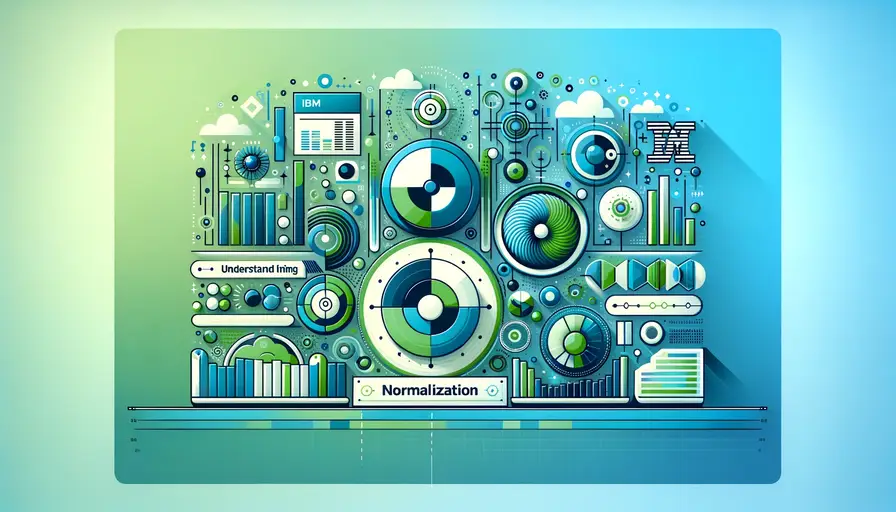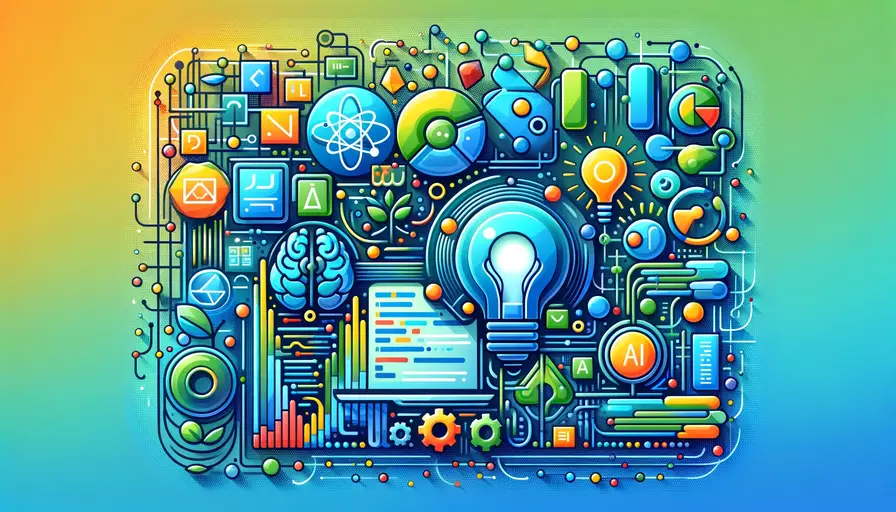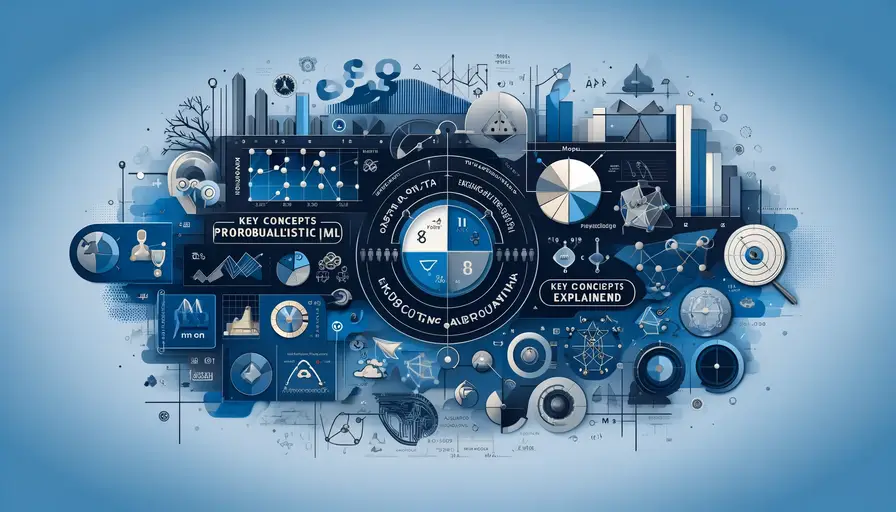
Big Data vs. Machine Learning: Unraveling the Value Debate

The terms "Big Data" and "Machine Learning" are often used interchangeably, but they represent distinct concepts within the realm of data science and technology. Big Data refers to the vast volumes of data generated every second, while Machine Learning involves algorithms that learn from and make predictions based on data. Both are crucial in the digital age, driving innovations across various sectors. This article explores the value each brings, their interplay, and how they transform industries.
Defining Big Data: The Foundation of Modern Analytics
The Three Vs of Big Data
Big Data is characterized by three primary attributes: Volume, Velocity, and Variety. Volume refers to the sheer amount of data generated, often measured in terabytes or petabytes. This data comes from multiple sources, including social media, sensors, transactions, and more. Handling such massive data requires specialized storage and processing solutions.
Velocity pertains to the speed at which data is generated and processed. In today's connected world, data is created at unprecedented rates, necessitating real-time or near-real-time processing capabilities. Technologies like Apache Kafka and Spark Streaming enable organizations to process and analyze data streams continuously.
Variety encompasses the different types of data, such as structured, unstructured, and semi-structured. Structured data is highly organized and easily searchable, like databases and spreadsheets. Unstructured data, including text, images, and videos, lacks a predefined format. Semi-structured data, such as JSON and XML, falls between the two. Managing this diversity requires flexible and scalable tools.
 Decoding Decision Boundaries in Machine Learning: Explored
Decoding Decision Boundaries in Machine Learning: ExploredThe Role of Big Data Technologies
Big Data technologies are essential for storing, processing, and analyzing large datasets. Tools like Hadoop, a distributed storage and processing framework, and Spark, an in-memory processing engine, have revolutionized how organizations handle Big Data. These tools enable the processing of vast datasets across clusters of computers, ensuring scalability and efficiency.
Example of data processing using Apache Spark in Python:
from pyspark.sql import SparkSession
# Create Spark session
spark = SparkSession.builder.appName("BigDataExample").getOrCreate()
# Load dataset
df = spark.read.csv("data.csv", header=True, inferSchema=True)
# Perform a simple transformation
df_filtered = df.filter(df["age"] > 30)
# Show result
df_filtered.show()Big Data in Various Industries
Big Data's impact spans multiple industries. In healthcare, it enables predictive analytics, personalized medicine, and improved patient care. Financial services use Big Data for fraud detection, risk management, and personalized banking experiences. Retailers leverage Big Data to optimize supply chains, personalize marketing campaigns, and enhance customer experiences.
Telecommunications companies utilize Big Data to manage networks, improve service quality, and develop new services. In manufacturing, Big Data drives predictive maintenance, quality control, and supply chain optimization. The versatility and value of Big Data are evident across sectors, driving innovation and efficiency.
 The Advantages of Spiking Neural Networks for Machine Learning
The Advantages of Spiking Neural Networks for Machine LearningMachine Learning: The Power of Predictive Analytics
Fundamentals of Machine Learning
Machine Learning is a subset of artificial intelligence that focuses on developing algorithms capable of learning from data and making predictions. These algorithms can identify patterns, detect anomalies, and make decisions with minimal human intervention. Machine Learning is categorized into supervised, unsupervised, and reinforcement learning.
Supervised learning involves training models on labeled data, where the outcome is known. Common algorithms include linear regression, decision trees, and support vector machines. Unsupervised learning deals with unlabeled data, aiming to discover hidden patterns. Clustering and association are typical unsupervised techniques. Reinforcement learning involves an agent learning to make decisions by interacting with its environment, optimizing for long-term rewards.
Key Machine Learning Algorithms
Several key algorithms drive Machine Learning applications. Linear regression, a fundamental algorithm, models the relationship between a dependent variable and one or more independent variables. Decision trees, another popular algorithm, split data into branches to make predictions based on feature values. Support vector machines classify data by finding the hyperplane that best separates different classes.
Example of linear regression using scikit-learn in Python:
 The Potential of Automated Machine Learning
The Potential of Automated Machine Learningfrom sklearn.model_selection import train_test_split
from sklearn.linear_model import LinearRegression
from sklearn.metrics import mean_squared_error
# Load dataset
X, y = load_data() # Replace with actual data loading function
X_train, X_test, y_train, y_test = train_test_split(X, y, test_size=0.2, random_state=42)
# Train model
model = LinearRegression()
model.fit(X_train, y_train)
# Predict and evaluate
predictions = model.predict(X_test)
mse = mean_squared_error(y_test, predictions)
print(f"Mean Squared Error: {mse}")Neural networks, inspired by the human brain, consist of interconnected nodes (neurons) that process data in layers. Deep learning, a subset of neural networks, involves multiple hidden layers, enabling the modeling of complex patterns. Convolutional neural networks (CNNs) are effective for image recognition, while recurrent neural networks (RNNs) excel in sequential data tasks like language processing.
Applications of Machine Learning
Machine Learning applications are transforming various fields. In finance, algorithms predict stock prices, detect fraud, and manage risks. Healthcare benefits from diagnostic tools, personalized treatment plans, and drug discovery. In marketing, Machine Learning enhances customer segmentation, recommendation systems, and sentiment analysis.
Transportation and logistics use Machine Learning for route optimization, demand forecasting, and autonomous driving. The energy sector leverages predictive maintenance, smart grid management, and energy consumption forecasting. The adaptability and predictive power of Machine Learning drive advancements and efficiencies across industries.
Big Data and Machine Learning Synergy
Integrating Big Data and Machine Learning
The synergy between Big Data and Machine Learning amplifies their individual strengths, leading to more powerful and efficient solutions. Big Data provides the vast amounts of diverse data necessary to train robust Machine Learning models. These models, in turn, can process and analyze Big Data more effectively, uncovering insights that drive decision-making.
 Using NLP and Machine Learning in R for Effective Data Analysis
Using NLP and Machine Learning in R for Effective Data AnalysisFor example, in predictive maintenance, sensors generate vast amounts of data from machinery. Big Data technologies store and process this information, while Machine Learning models analyze it to predict equipment failures. This integration minimizes downtime and reduces maintenance costs, highlighting the practical benefits of combining these technologies.
Enhancing Model Accuracy with Big Data
Big Data enhances the accuracy and reliability of Machine Learning models by providing extensive and diverse datasets for training. More data allows models to learn from a broader range of scenarios, improving their ability to generalize to new situations. This is particularly important in fields like healthcare, where diverse patient data leads to more accurate diagnostics and treatment recommendations.
In retail, Big Data-driven Machine Learning models analyze customer behavior across various touchpoints, enabling personalized marketing and improved customer experiences. Financial institutions use large datasets to detect subtle fraud patterns, enhancing security and reducing false positives. The interplay between Big Data and Machine Learning is crucial for developing high-performing models.
Real-World Examples of Synergy
Real-world examples demonstrate the powerful synergy between Big Data and Machine Learning. Netflix uses these technologies to recommend content to its users. By analyzing viewing habits and preferences through Big Data, Netflix's Machine Learning algorithms generate personalized recommendations, enhancing user satisfaction and retention.
 IBM's Machine Learning vs AI: Who Reigns Supreme?
IBM's Machine Learning vs AI: Who Reigns Supreme?Another example is in autonomous driving, where self-driving cars generate massive amounts of data from sensors and cameras. This data is processed and analyzed using Machine Learning models to make real-time driving decisions. The combination of Big Data and Machine Learning enables safe and efficient autonomous vehicles, revolutionizing transportation.
Example of integrating Big Data and Machine Learning in Python:
from pyspark.sql import SparkSession
from pyspark.ml import Pipeline
from pyspark.ml.feature import VectorAssembler
from pyspark.ml.regression import LinearRegression
# Create Spark session
spark = SparkSession.builder.appName("BigDataMLExample").getOrCreate()
# Load dataset
df = spark.read.csv("data.csv", header=True, inferSchema=True)
# Data preprocessing
assembler = VectorAssembler(inputCols=["feature1", "feature2"], outputCol="features")
df_transformed = assembler.transform(df)
# Train Machine Learning model
lr = LinearRegression(featuresCol="features", labelCol="label")
pipeline = Pipeline(stages=[assembler, lr])
model = pipeline.fit(df_transformed)
# Predict and evaluate
predictions = model.transform(df_transformed)
predictions.select("features", "label", "prediction").show()Challenges and Future Directions
Data Privacy and Security
One of the primary challenges in leveraging Big Data and Machine Learning is ensuring data privacy and security. As organizations collect and process vast amounts of sensitive information, safeguarding this data from breaches and misuse is critical. Regulations like GDPR and CCPA mandate strict data protection measures, impacting how companies handle and analyze data.
Implementing robust encryption, access controls, and anonymization techniques are essential for protecting data. Organizations must also establish clear data governance policies and educate employees about best practices for data security. Balancing data utility with privacy and security remains a significant challenge in the Big Data and Machine Learning landscape.
 The Evolution of Machine Learning: A Brief History and Timeline
The Evolution of Machine Learning: A Brief History and TimelineScalability and Infrastructure
Scalability is another challenge when working with Big Data and Machine Learning. Handling large datasets requires substantial computational resources and scalable infrastructure. Cloud platforms like AWS, Google Cloud, and Azure offer scalable solutions for storing and processing Big Data, as well as deploying Machine Learning models.
Efficiently managing computational resources and optimizing algorithms for distributed computing environments is crucial for scalability. Technologies like Apache Hadoop and Spark facilitate distributed data processing, while Kubernetes and Docker enable scalable deployment of Machine Learning models. Investing in robust infrastructure is key to harnessing the full potential of Big Data and Machine Learning.
Ethical Considerations and Bias
Ethical considerations and bias in Machine Learning models are growing concerns. Models trained on biased data can perpetuate and even amplify existing biases, leading to unfair and discriminatory outcomes. Ensuring fairness and transparency in Machine Learning requires careful selection and preprocessing of training data, as well as ongoing monitoring and evaluation of model performance.
Developing ethical guidelines and frameworks for AI is essential for addressing these challenges. Organizations must commit to ethical AI practices, including bias mitigation, transparency, and accountability. Collaborative efforts between researchers, policymakers, and industry leaders are necessary to establish and enforce ethical standards in AI and Machine Learning.
Future Directions
Edge Computing and IoT
The integration of edge computing and the Internet of Things (IoT) with Big Data and Machine Learning is a promising future direction. Edge computing involves processing data closer to its source, reducing latency and bandwidth usage. This is particularly beneficial for IoT devices, which generate vast amounts of data that need real-time analysis.
Combining edge computing with Machine Learning enables real-time decision-making and automation in various applications, from smart cities to industrial automation. This integration enhances the efficiency and responsiveness of AI-driven solutions, driving innovation across multiple sectors.
Federated Learning
Federated learning is an emerging approach that allows Machine Learning models to be trained on decentralized data sources without transferring the data to a central location. This technique enhances data privacy and security by keeping data localized while enabling collaborative learning across multiple devices or organizations.
Federated learning is particularly relevant for industries like healthcare and finance, where data privacy is paramount. By enabling secure and collaborative model training, federated learning opens new possibilities for leveraging distributed data while maintaining privacy and compliance.
Quantum Computing and AI
Quantum computing has the potential to revolutionize Big Data and Machine Learning by providing unprecedented computational power. Quantum algorithms can solve complex problems that are infeasible for classical computers, enabling more efficient data processing and advanced AI models.
Research in quantum computing and AI is still in its early stages, but the potential impact is significant. As quantum technologies mature, they will enable breakthroughs in fields like cryptography, optimization, and machine learning, driving the next wave of innovation in AI and Big Data.
The debate between Big Data and Machine Learning is not about choosing one over the other, but about understanding their complementary roles in driving technological advancements. Big Data provides the necessary foundation for Machine Learning models to learn and make predictions, while Machine Learning enables the extraction of valuable insights from vast datasets. Together, they transform industries, enhance decision-making, and drive innovation. As these technologies continue to evolve, their synergy will unlock new possibilities and shape the future of AI and data analytics.
If you want to read more articles similar to Big Data vs. Machine Learning: Unraveling the Value Debate, you can visit the Artificial Intelligence category.






You Must Read